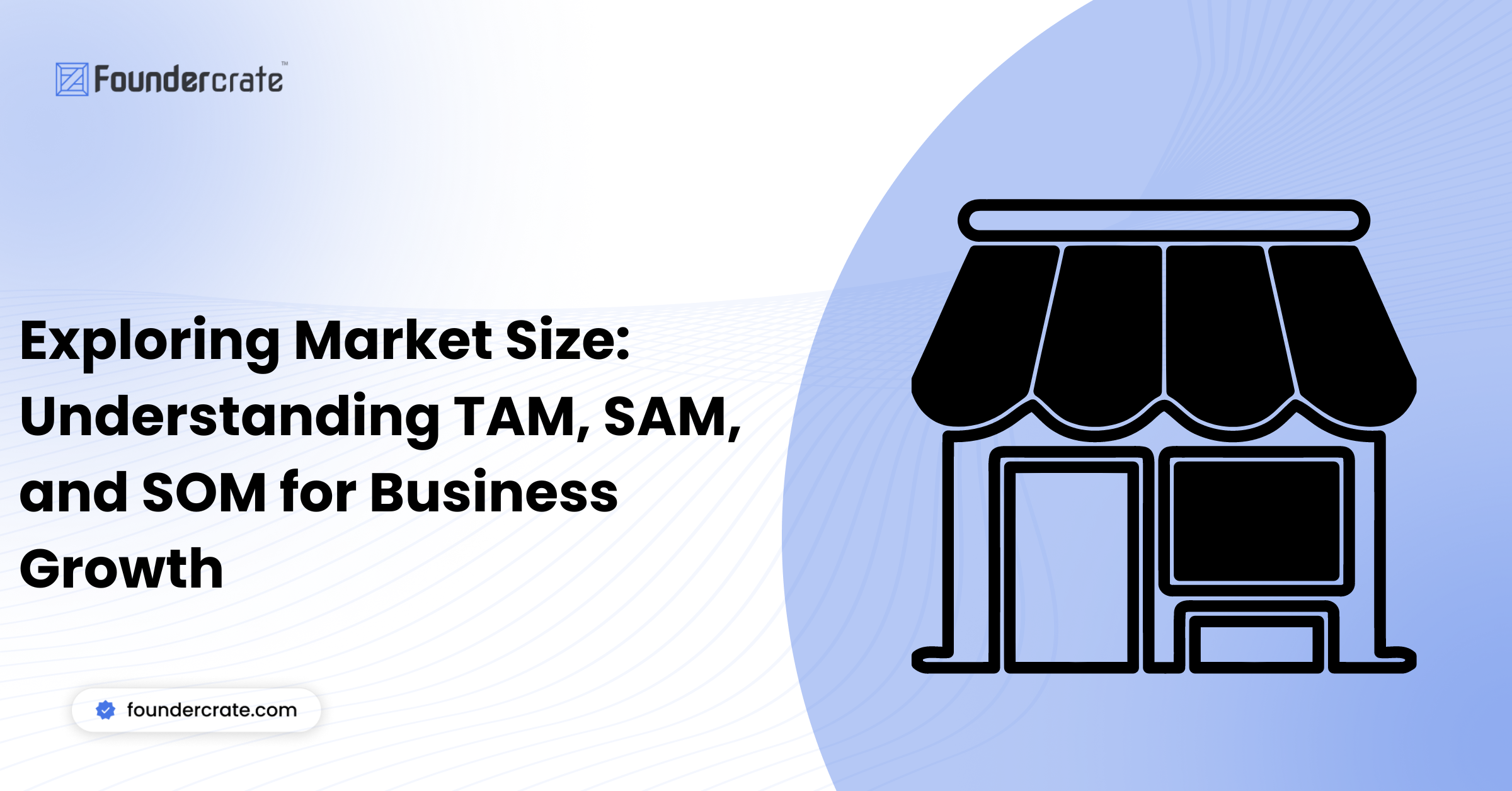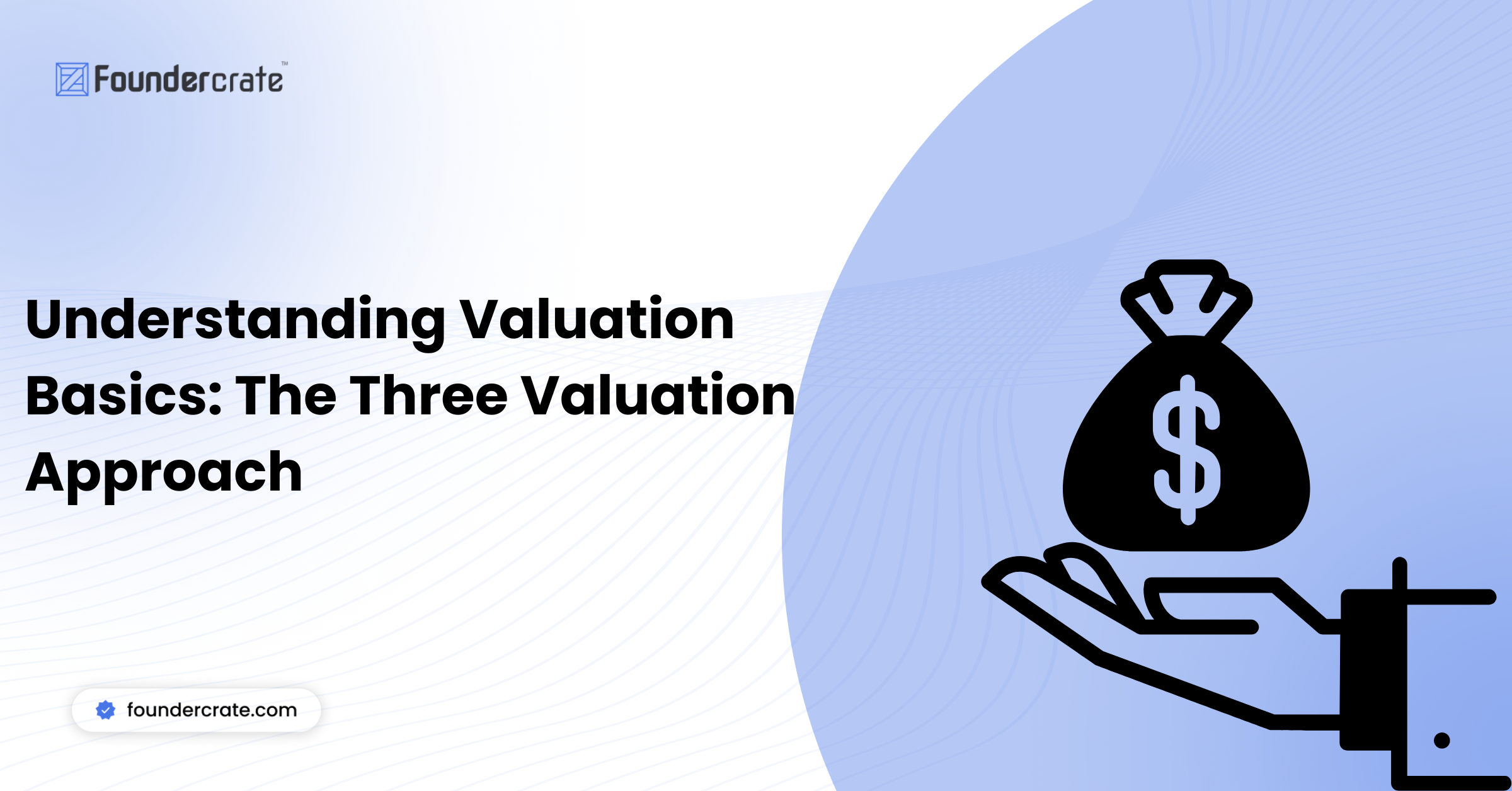Exploring Market Size: Understanding TAM, SAM, and SOM for Business Growth

Introduction
Welcome to our blog on ‘Exploring Market Size: Understanding TAM, SAM, and SOM for Business Growth.’ In this blog, we unravel the concepts of Total Addressable Market (TAM), Serviceable Addressable Market (SAM), and Share of Market (SOM).
Discover how these frameworks empower businesses to set realistic goals, target the right customers, allocate resources efficiently, and gauge their competitive position for sustained growth in the dynamic marketplace.
Understanding Total Addressable Market (TAM)
Total Addressable Market (TAM) means searching for the complete opportunity for income in a market without any limitations. It’s like figuring out the entire demand for a products or services by means of thinking about the complete capacity consumer base and market developments.
TAM is important for businesses as it facilitates them to set practical dreams and plan how to enter a market. It’s like a guide that indicates the size of the market and the ability it holds.
Determining the Total Addressable Market (TAM) may seem difficult, but the process involves breaking it down into simple steps. To calculate TAM, consider the overall potential customer base for a product or service and then multiply it by the average amount they are likely to spend annually. This approach helps gauge the total market opportunity. The formula looks like this: The formula looks like this:
TAM=Total Number of Potential Customers × Average Annual Spending per Customer
This calculation provides an estimate of the overall revenue opportunity in the market without any constraints.
Looking at Serviceable Addressable Market (SAM)
Serviceable Addressable Market (SAM) is a bit more specific. It’s like looking at the part of the market a company can realistically serve, considering its resources and limitations. SAM takes into account things like where the customers are, any rules the company needs to follow, and how much they can do.
Understanding SAM is crucial because it helps businesses focus on the parts of the market where they have the best chance of success. It’s like narrowing down the target to make marketing efforts more effective and creating products that meet the needs of specific groups.
Serviceable Addressable Market (SAM) narrows the focus to what a company can realistically serve. To calculate SAM, apply factors such as geographical restrictions, regulatory constraints, and operational capacity to TAM. The formula is:
SAM=Total TAM × Percentage of Market the Company Can Realistically Serve
This helps businesses align their goals with feasible market segments, ensuring efficient resource allocation.
Making Sense of Share of Market (SOM)
Share of Market (SOM) is a way to see how much money a company is making compared to the total money made in a market. It’s like looking at a percentage that shows how much of the market a company has compared to others. Calculating SOM helps businesses see where they stand in the market and how they’re doing over time.
For growing a business, it’s important to increase SOM. This means doing things like advertising in a targeted way, making products better, and keeping an eye on what’s happening in the market. A higher SOM means a stronger position in the market and more influence on what’s happening in the industry.
Share of Market (SOM) is determined by assessing a company’s revenue against the total market revenue. The formula is:
SOM=(Company revenue divide by total market revenue) x 100
Monitoring SOM over time provides insights into a company’s competitive position and market share. A higher SOM indicates increased market influence.
Putting TAM, SAM, and SOM Together for Business Growth
Understanding TAM, SAM, and SOM:
It helps businesses plan how to grow. By using these ideas together, a company can make a plan that fits the market and uses resources in the best way possible.
Choosing Targets Wisely:
TAM shows all the opportunities, and SAM helps pick the best ones. It’s like finding the right customers to focus on and making products that they will like.
Using Resources Well:
SAM keeps businesses from trying to do too much. It’s like making sure they use their time and money where it will help the most, instead of wasting it in places where they won’t succeed.
Seeing How Well You’re Doing:
SOM helps a company see if it’s doing better or worse in the market. It’s like checking to see if the plan is working and if the company is getting more customers compared to others.
Summary
In summary, exploring market potential through TAM, SAM, and SOM is crucial for businesses aiming for steady growth. By understanding these concepts and using them in their plans, companies can navigate the market more effectively, ensuring long-term success and a strong position in the industry.
Read More: How To Determine Product Market Fit In Your Industry
Schedule a demo call with Foundercrate to learn how the platform can help founders improve their fundraising efforts. You can also sign up directly on the platform .
Related Posts

Why Financial Metrics are Important Numbers for Success
Introduction In the business world, financial metrics are like maps that show the way for making decisions and plans. They give us helpful clues about how well a company is doing, so we can make…

Understanding Valuation Basics: The Three Valuation Approach
Introduction In the realm of startups, valuation is the process of determining the worth of an asset, company, or investment. It’s a critical aspect of decision-making for investors, businesses, and financial professionals alike. While there…
Recent Posts
- Why Financial Metrics are Important Numbers for Success
- Understanding Valuation Basics: The Three Valuation Approach
- Decoding Investor Motivations: Understanding Different Investor Types
- Why Founders Need to Understand Investor Exit Strategies
- Pre-Money and Post-Money Valuation in Startup Investments
Recent Comments
Categories
Want to get more content like this?
Signup to directly get this type of content to your inbox!!




